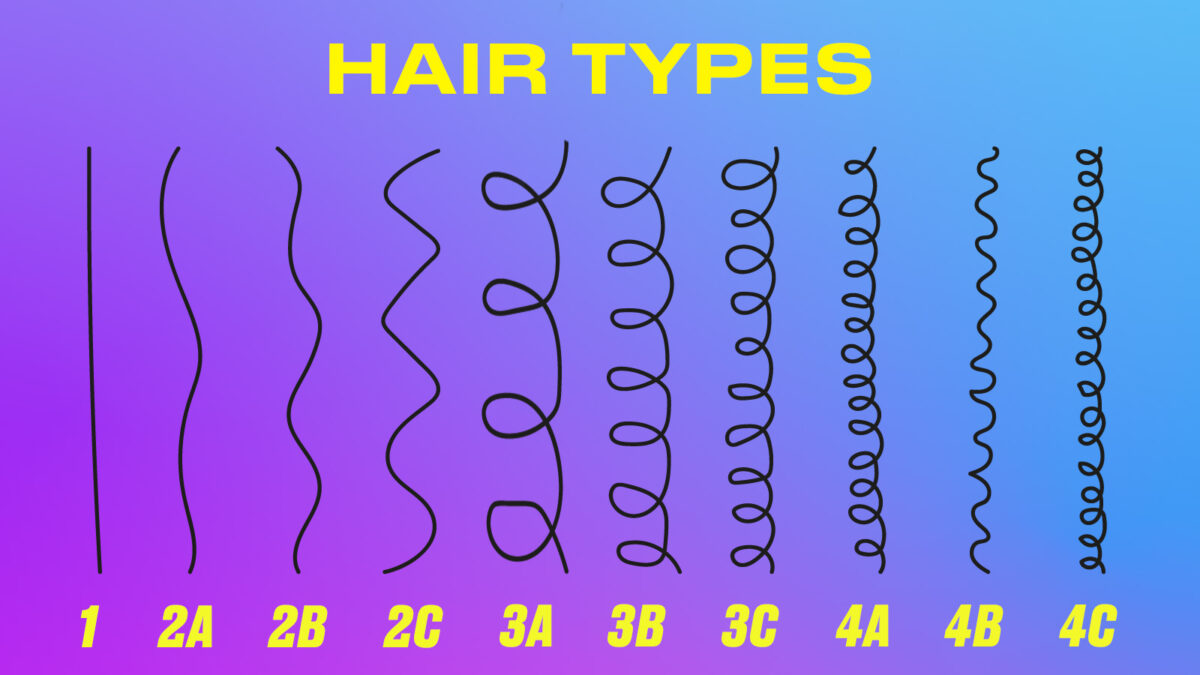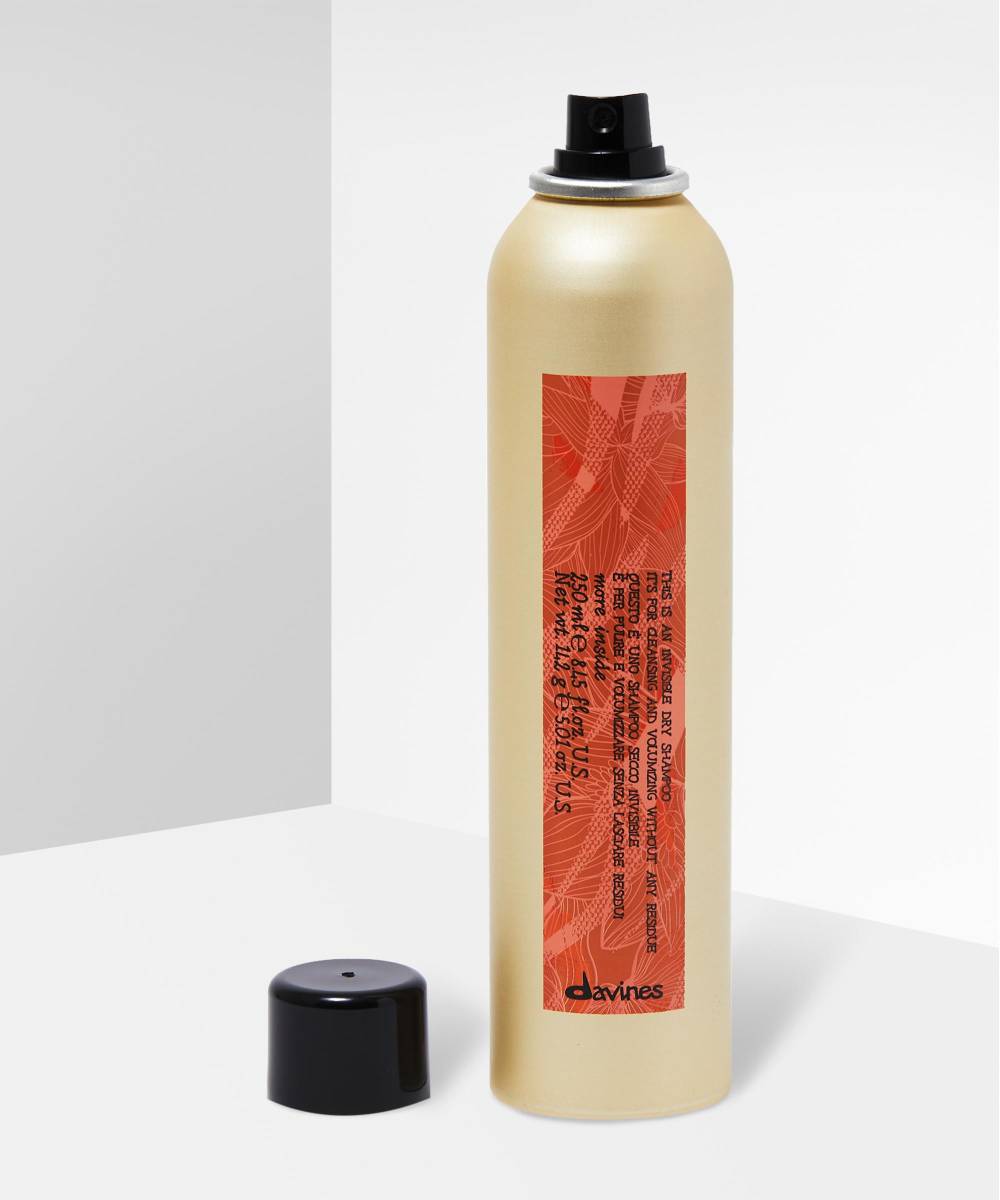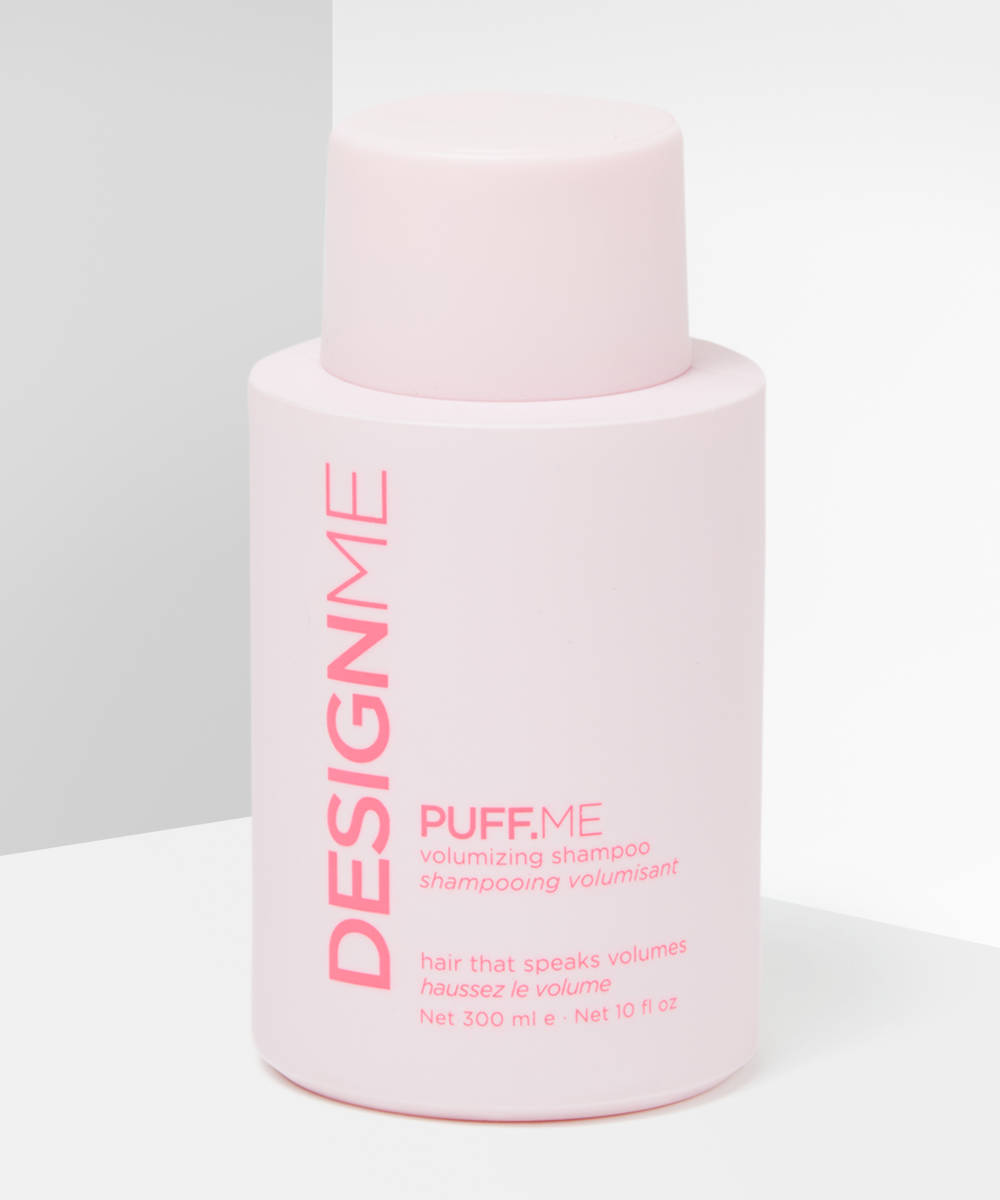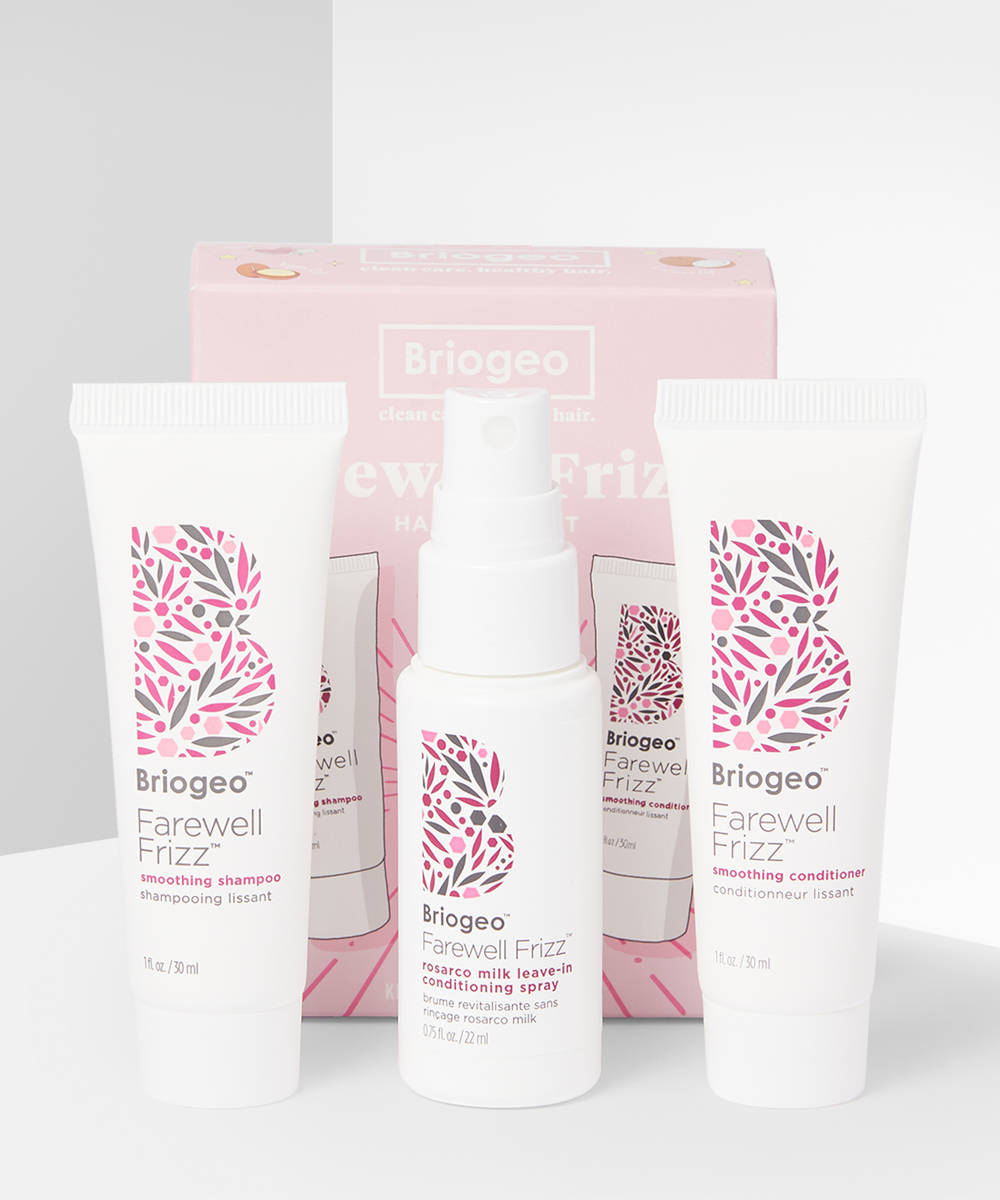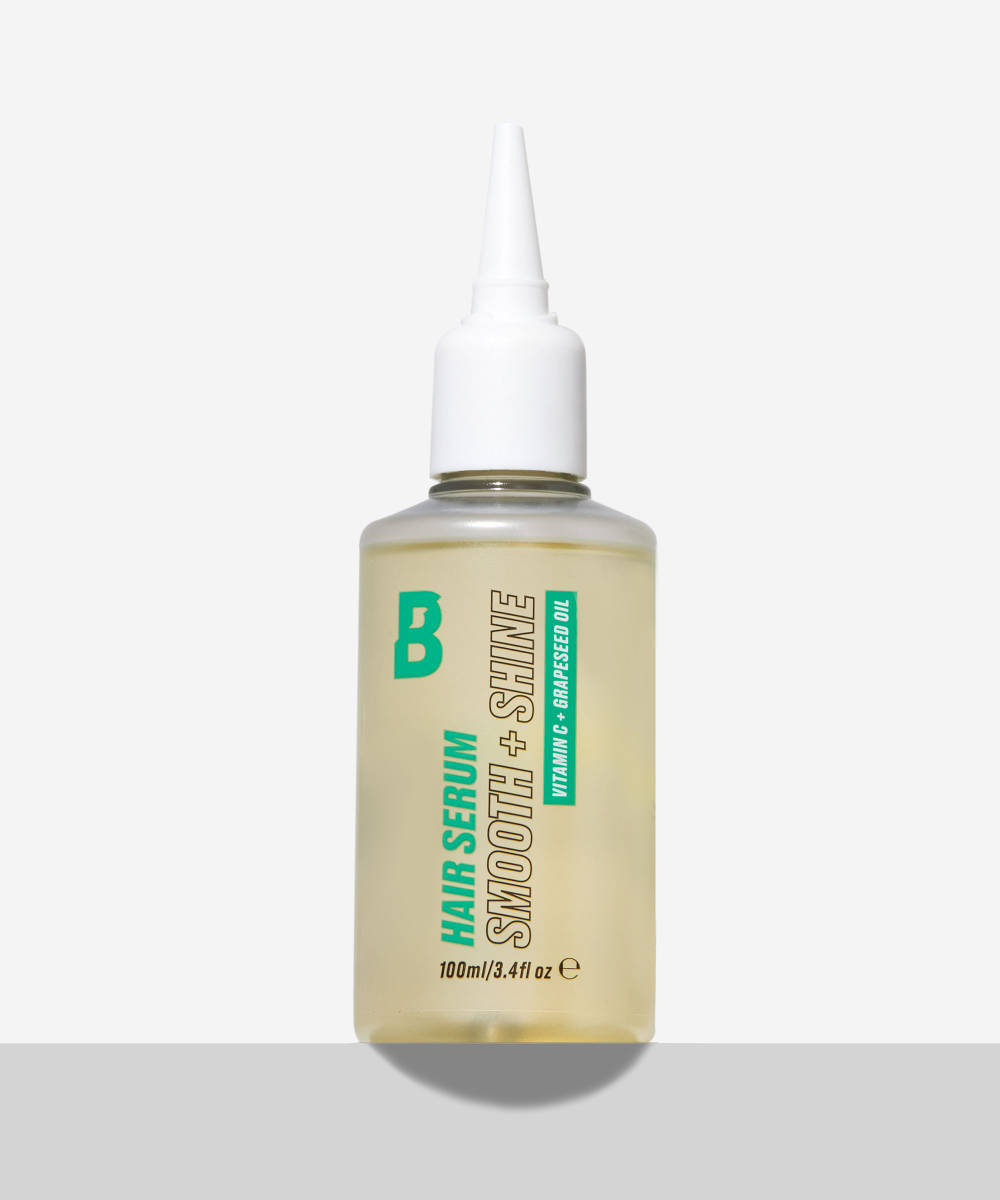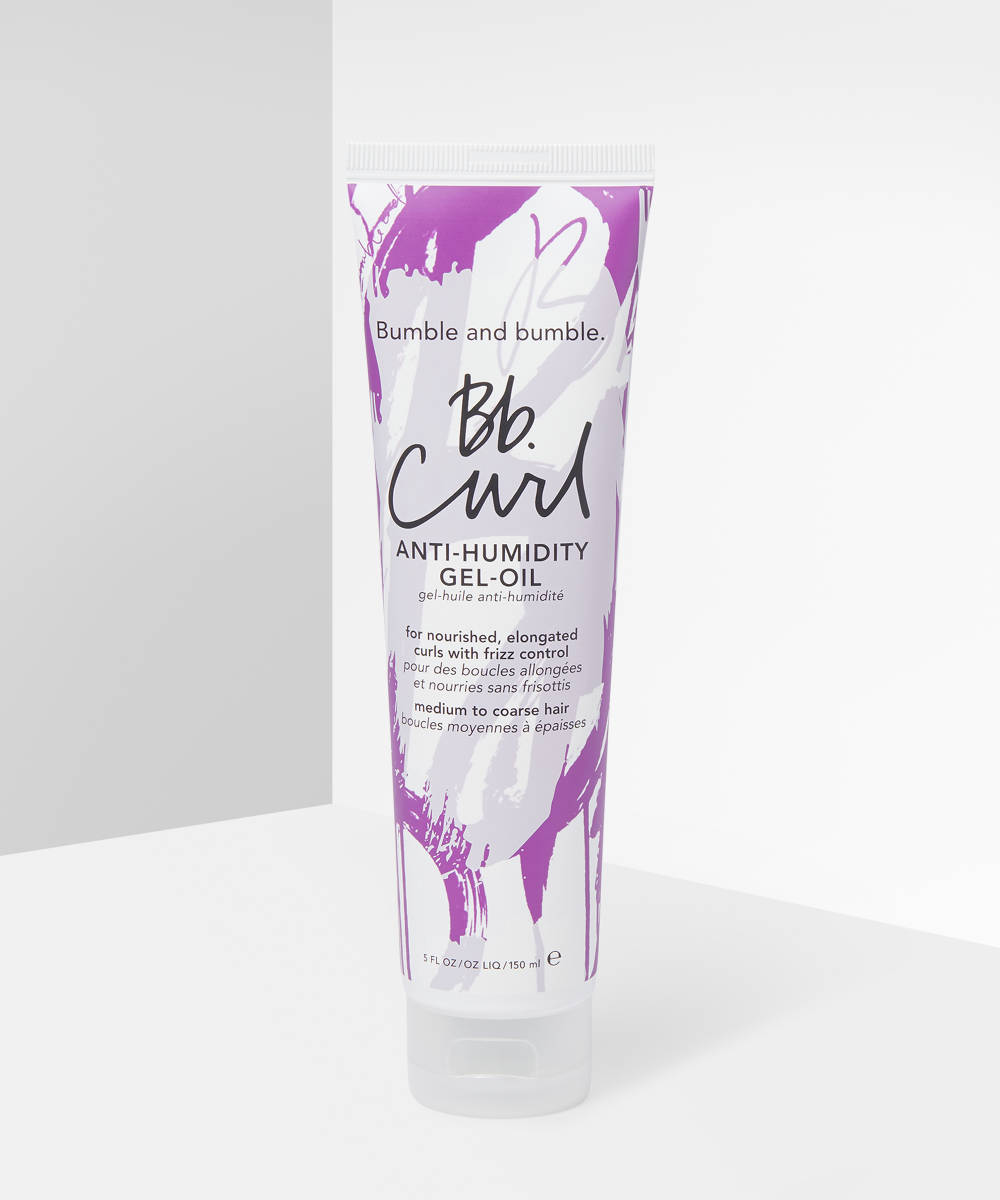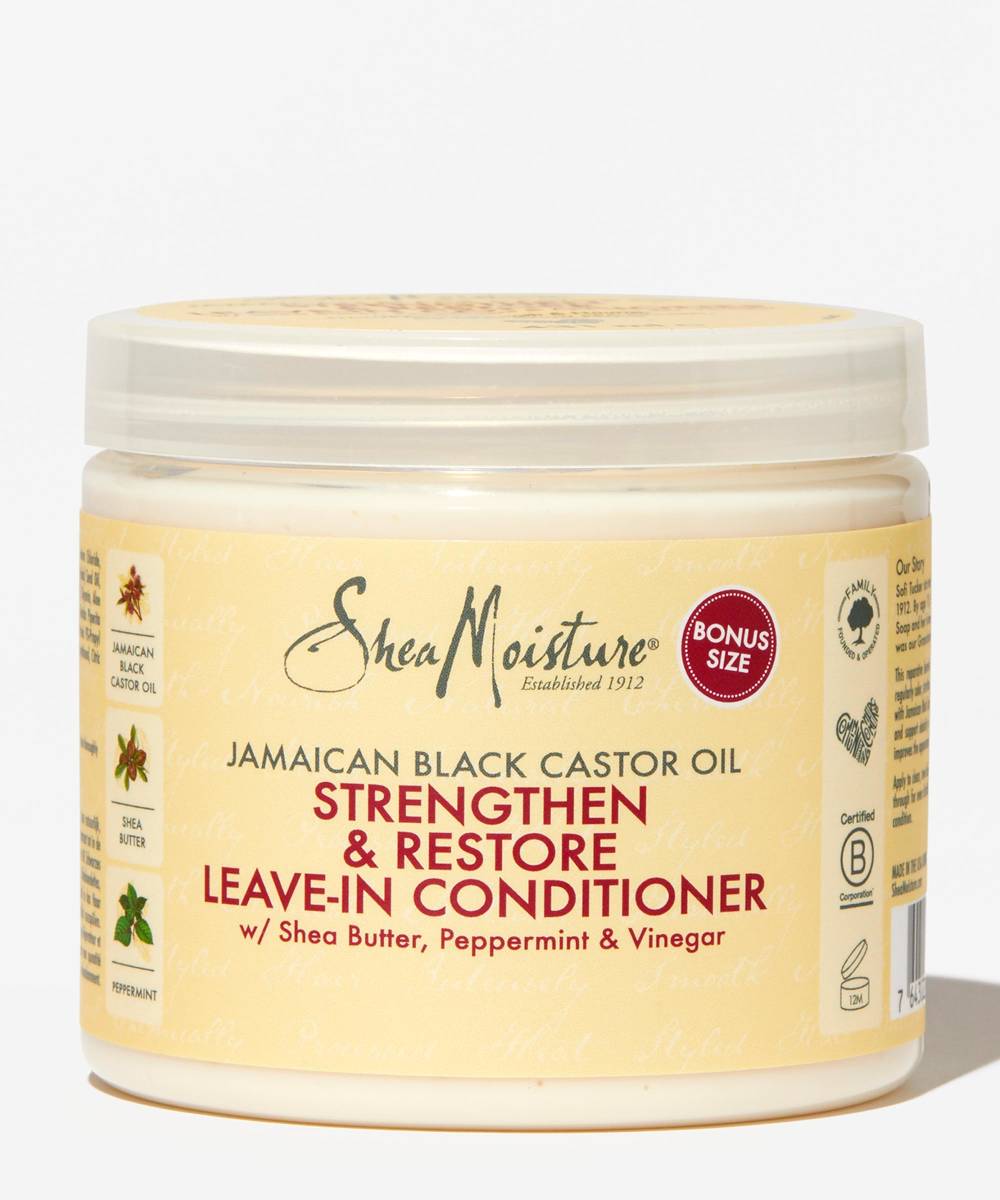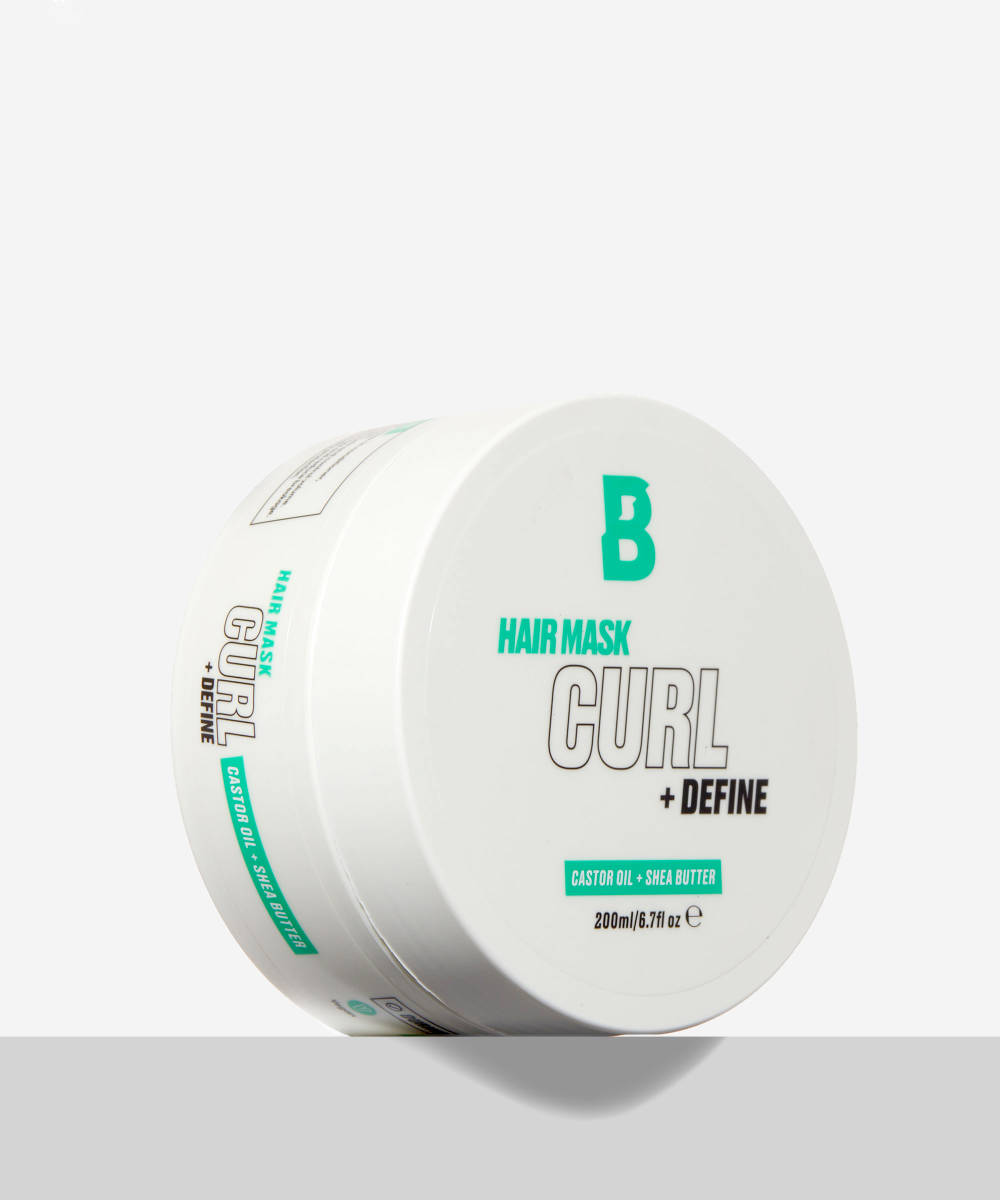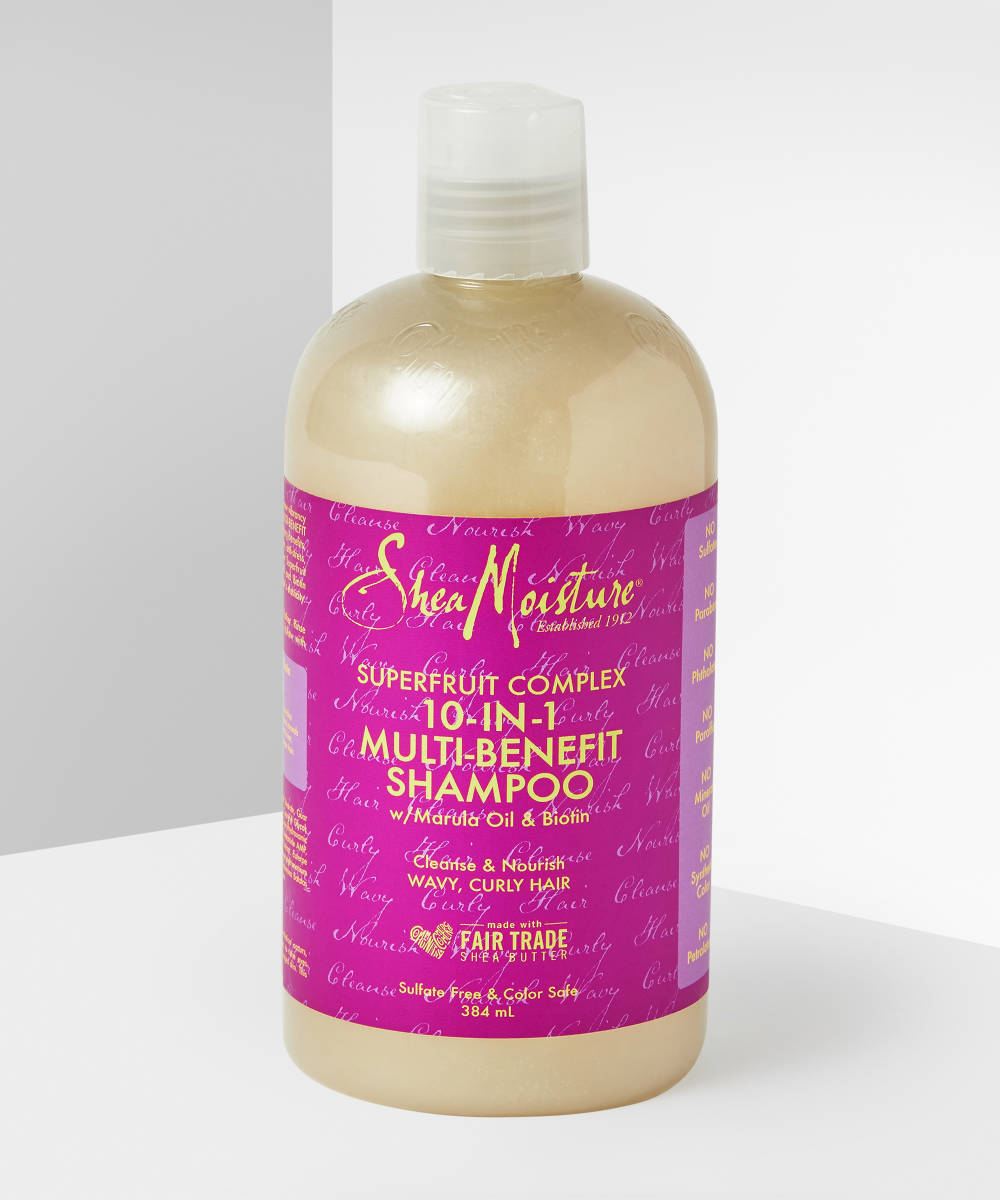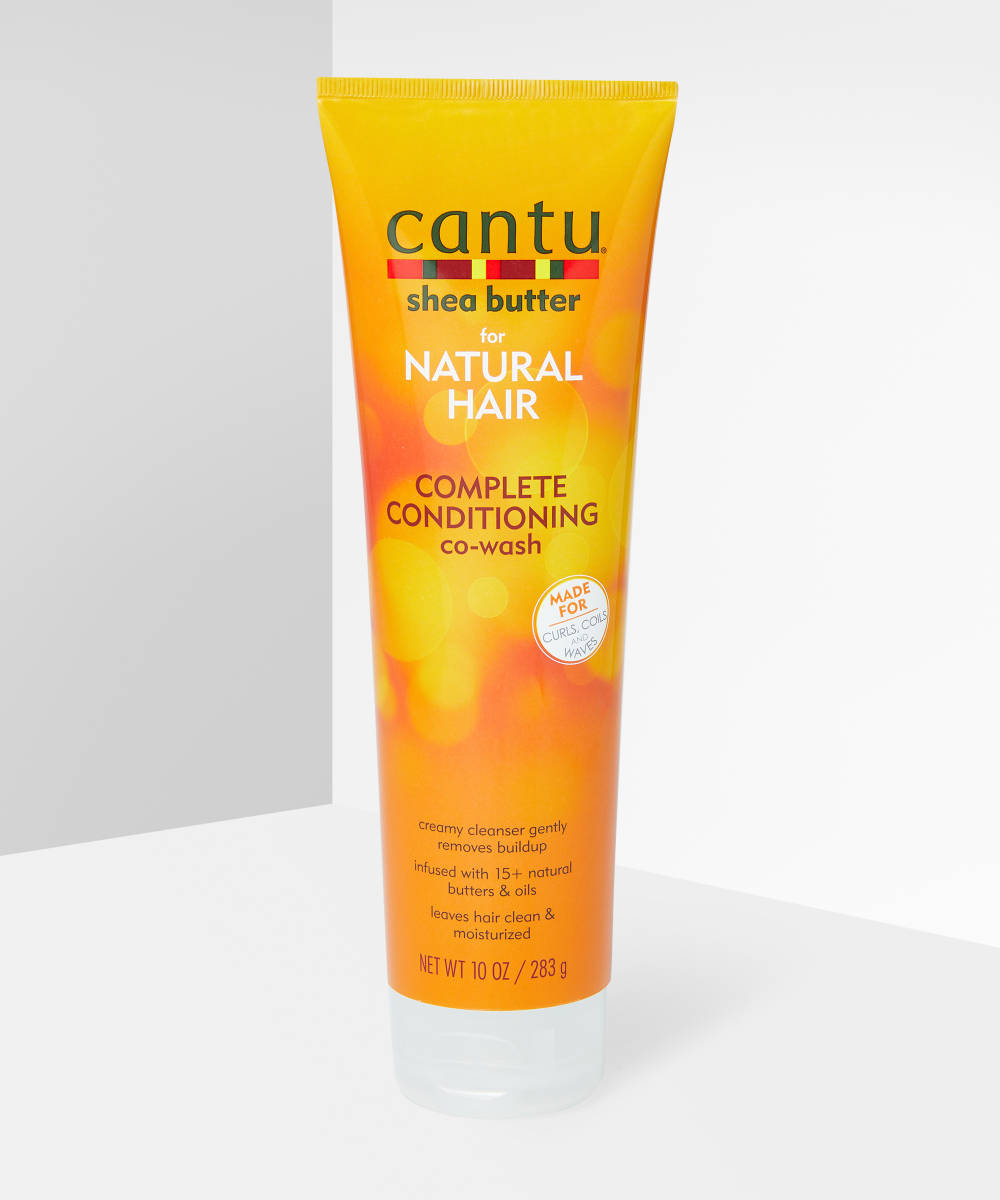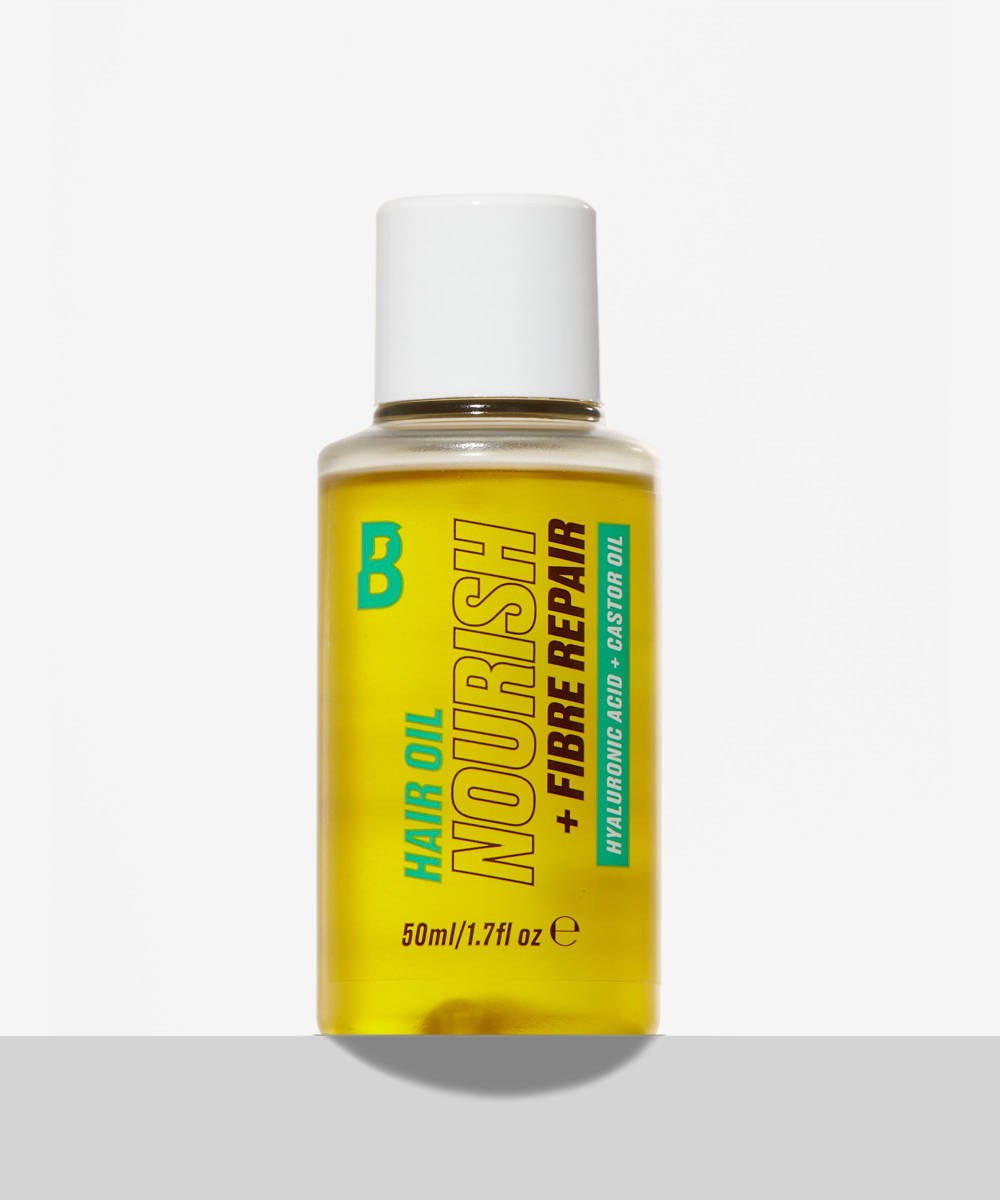If you’ve gone all your life asking yourself “what’s my type?”, and by type we mean hair type, of course, then this one’s for you.
Using generic, one-size-fits-all haircare products is a big no-go in our beauty books, as different hair types need (and deserve) different ingredients and products to keep them in the best condition possible.
If you are struggling with issues such as dryness, constant tangling, oiliness or lack of curl definition, then tailoring your haircare routine might just be the answer to all your problems…
Get ready, it’s finally time to discover your (hair) type.
Type 1: Straight
It doesn’t matter how thin, thick, fine or coarse your hair is, but if it has no natural curl from root to tip then welcome to the type 1 club, AKA Straight. This hair type has the tendency to become oily, so if this is your type, we recommend avoiding the heavy serums, oils, butters and creams, as this will just add to the natural stream of oil you are already producing. Instead, stick to lightweight (but nourishing) shampoos, texture sprays and dry shampoos.
Top picks for Type 1 hair:
Type 2: Wavy hair
Type 2 is when things start to get a little more complex. Type 2 hair, otherwise known as wavy hair, is split into three types, A, B and C.
Type 2A
When you look in the mirror and see fairly straight strands from your roots to eye level yet a loose undefined wave from eye level to the ends, then say hello to Type 2A. With a gentle, tousled texture, type 2A hair loves light defining products like light hair mousses or gels, but dislikes oil-based, creamy products, as these can often flatten out any wave you have.
Type 2B
As with 2A, type 2B hair curls from the midpoint to the ends of the hair. The curls have a more defined S shape, so you may find that it requires a little more effort to straighten as it’s a little frizzier. If you’re into the beachy look, using a spritz of salt spray on this hair type is our go-to.
Type 2C
If you’re blessed with well-defined, S-shaped waves, then you must be type 2C. This wave pattern may begin close to the crown and tumble downward and is often thick and prone to frizz. With this hair type, try anti-humidity products and light hair mousses.
Top picks for Type 2 hair:
Type 3: Curly
Type 3, AKA curly, can also be categorised into three sections. This hair type can be defined by hair that has an S shape, is clearly defined, springy and curly as it dries. Full of natural volume, this hair type can be challenged by frizz and lack of curl definition, so its key to find the balance of moisture in this type, as too much will make your curls look greasy.
Type 3A
The key for identifying type 3A hair is allllll in the shape. S-shaped, well defined, spiral curls form in this hair type, and you may notice that brushing this hair type can destroy curl definition and lead to frizzy locks.
Type 3B
When it comes to type 3B, these curls have a tighter curl shape from the root and may host a combination of curl texture. Moisture is your best friend with this type, so skip the silicone and sulphates.
Type 3C
Type C curls are tight and springy, so need a little extra TLC to keep them defined and nourished. Using a leave-in conditioner and avoiding combing (fingertips will do) on this hair type is the way forward.
Top picks for Type 3 hair:
Type 4: Coils
The final hair type is Type 4, Coils. This hair type has a very tight coil or Z shape pattern (most common in Afro hair types) and is often sensitive to damage from heat tools and product, so it’s essential you are using the right products and methods to care for this hair type. Hydration is key for this hair type, as due to the curl shape, natural oils and moisture struggle to travel down the curl pattern and distribute through the hair. This can result in a lot of product build-up around the scalp, but not enough moisture throughout the lengths of the hair leaving it dry and prone to tangling.
Type 4A
If your curls are soft in texture yet tight and well defined with an S shape coil pattern, then you’re looking at a classic Type 4A. Coily, kinky and super delicate, this hair type can’t get enough of moisture, so opt for deep conditioning masks, butters and creams to keep it in a happy and healthy condition.
Type 4B
Curls that fit in Type 4B often zig-zag and are very tight. Opt for curling creams and nourishing leave in conditioners to define this type.
Type 4C
Type 4C coils are the tightest and most fragile. It’s really easy to break them if you comb roughly or too often, and it’s super important to frequently nourish the hair with rich, buttery conditioners and co-washes.
